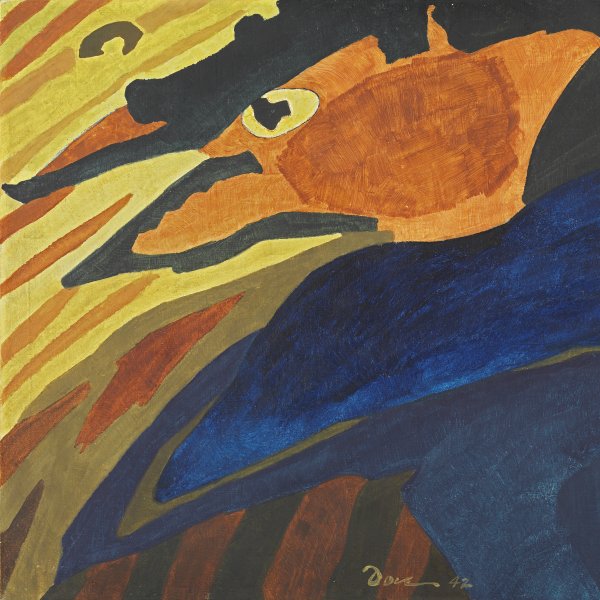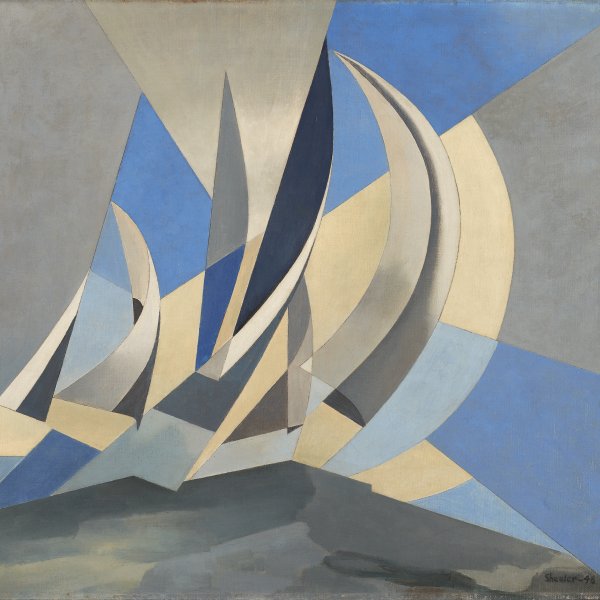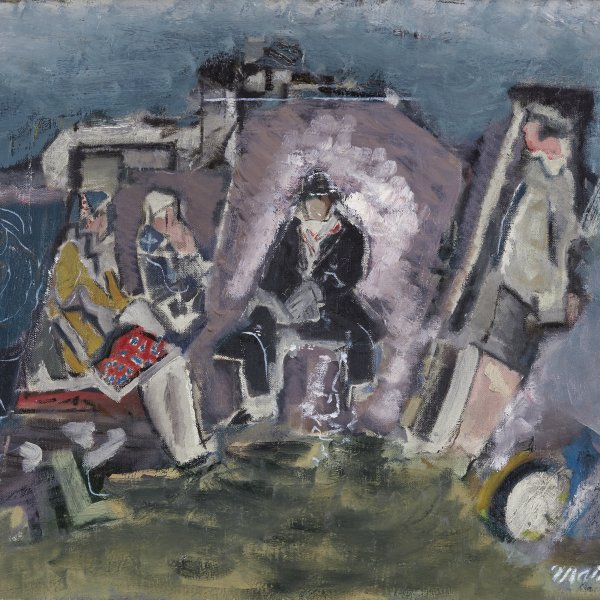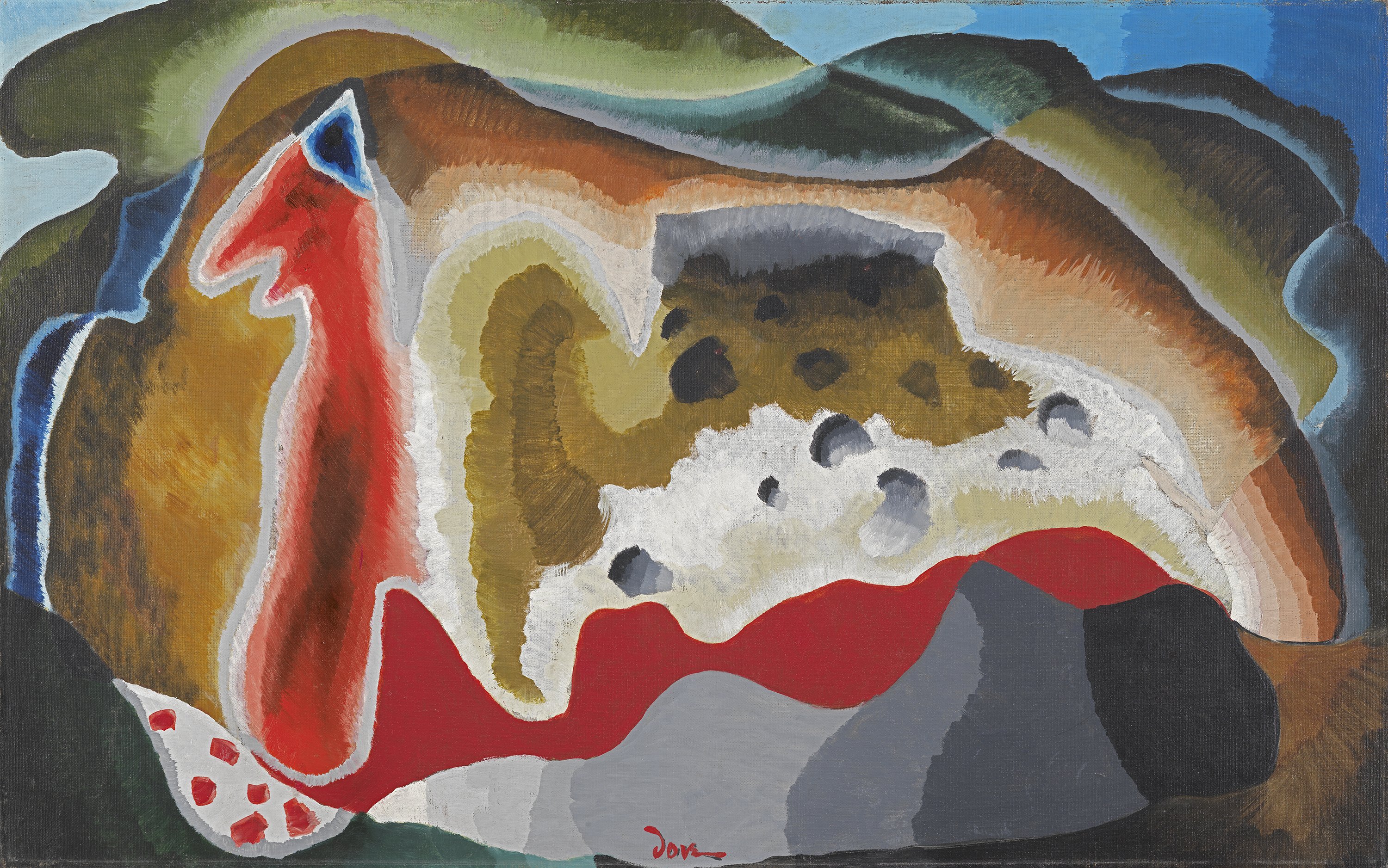U.S.
1940
Oil on canvas.
50.8 x 81.3 cm
Museo Nacional Thyssen-Bornemisza, Madrid
Inv. no.
530
(1975.23
)
Not exhibited
Level 2
Permanent Collection
Level 1
Permanent Collection
Level 0
Carmen Thyssen Collection and Temporary exhibition rooms
Level -1
Temporary exhibition rooms, Conference room and EducaThyssen Studio
U.S. was painted in 1940 in Centerport, an old coastal town in Long Island where the painter was recovering from a recent health crisis. In March that year it was shown at An American Place, the New York gallery owned by Dove’s friend Alfred Stieglitz.
Arthur Dove, a forerunner of abstraction, remained faithful to this language until the end of his life. The present painting clearly shows that the artist aimed to express a romantic idea of nature through a series of repetitive rhythms of great organic vitality. According to his own testimony, he attempted to work “at the point where abstraction and reality meet.”Without completely eschewing the calligraphic style of Orange Grove in California, he succeeds in bringing to light certain essences, certain invisible forces of life and the growth of nature through a series of sinuous forms that enliven the whole composition. As in other paintings from this final period, certain biomorphic echoes and formal reminiscences of real beings can be glimpsed, such as the red silhouette on the left, which Gail Levin makes out to be an animal form.
Duncan Phillips, who acquired the painting through Alfred Stieglitz in the mid 1940s, had written years earlier that Dove’s work was “earthy or cosmic in suggestion.”
Paloma Alarcó
Arthur Dove, a forerunner of abstraction, remained faithful to this language until the end of his life. The present painting clearly shows that the artist aimed to express a romantic idea of nature through a series of repetitive rhythms of great organic vitality. According to his own testimony, he attempted to work “at the point where abstraction and reality meet.”Without completely eschewing the calligraphic style of Orange Grove in California, he succeeds in bringing to light certain essences, certain invisible forces of life and the growth of nature through a series of sinuous forms that enliven the whole composition. As in other paintings from this final period, certain biomorphic echoes and formal reminiscences of real beings can be glimpsed, such as the red silhouette on the left, which Gail Levin makes out to be an animal form.
Duncan Phillips, who acquired the painting through Alfred Stieglitz in the mid 1940s, had written years earlier that Dove’s work was “earthy or cosmic in suggestion.”
Paloma Alarcó









